What is an ECG?
What is an electrocardiogram, known in short as ECG?
ECG is the recording of the electrical activity of the heart. The electrical system of the heart produces regular tiny electrical currents which travel through out the heart in a systematic manner. When these currents are recorded from the surface of the body, it is called an ECG.
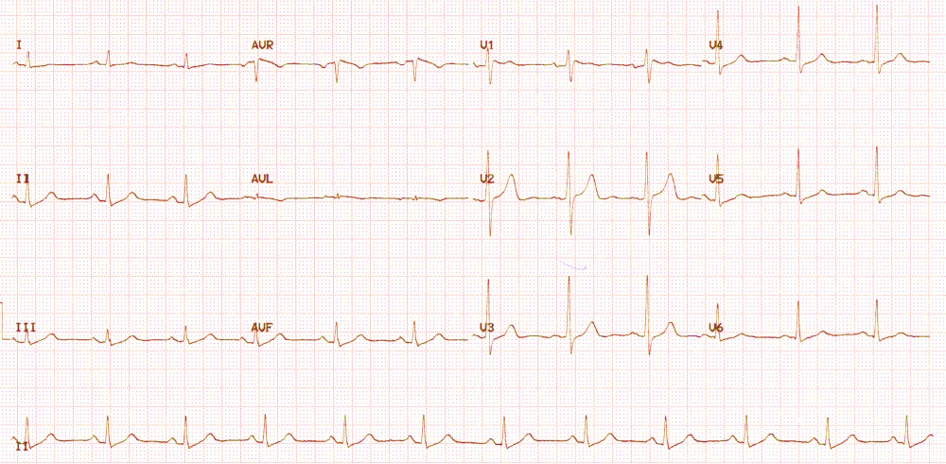
The electrical currents synchronize the contractions of the various regions of the heart. First the upper chambers contract and after a delay, the lower chambers contract.
This delay is needed for the proper filling of the lower chambers when the upper chambers contract. Contraction of the lower chambers pump blood to various parts of the body.
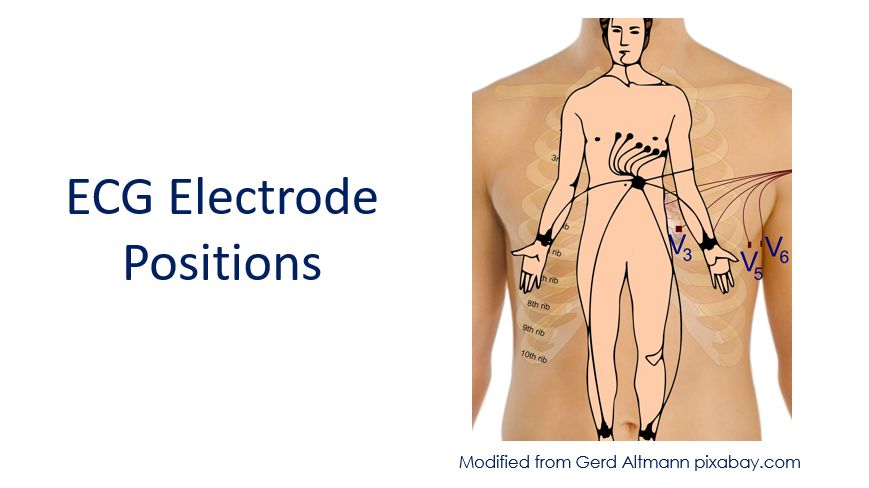
ECG is recorded by placing multiple electrodes on designated parts of the body and connecting them to the ECG machine. Typically, four electrodes are connected to all four limbs and 6 electrodes are placed on the chest.

The important waves seen in an ECG are P, QRS complex and T wave. Pattern of the waves changes between the ECG leads.
Coming back to the 12 lead ECG shown initially, the different leads are obtained by various combinations of the surface electrodes. The connections can be switched inside the ECG machine.
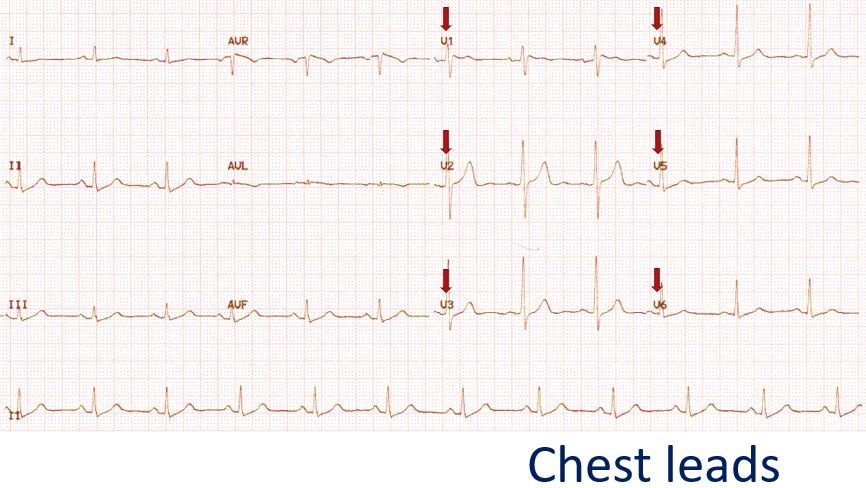
Leads called V1 to V6 are the recordings from the electrodes placed over the chest. They are recorded from specified regions of the chest.
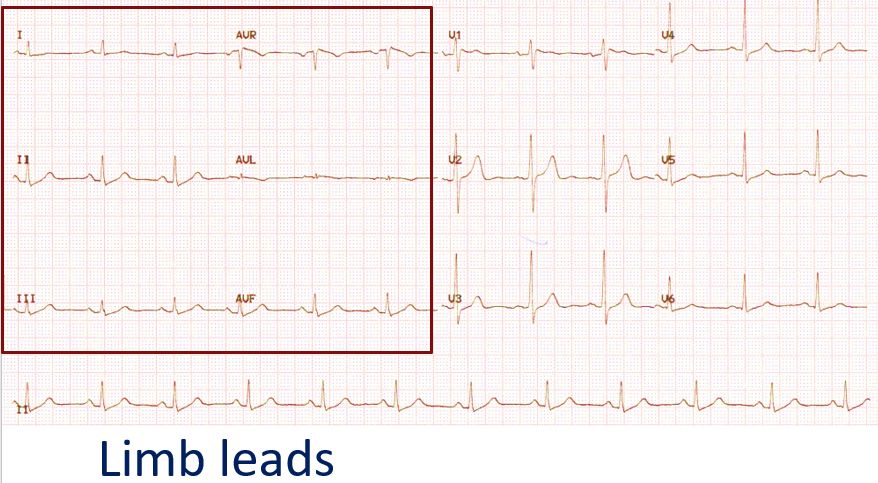
The other leads are known as limb leads. Limb leads are produced by combining electrical signals from the limbs (arms and legs) in various specified combinations, within the machine.

The lower part of the image shows continuous recording from one lead. This is called a rhythm strip, meant for checking abnormalities in heart rhythm.
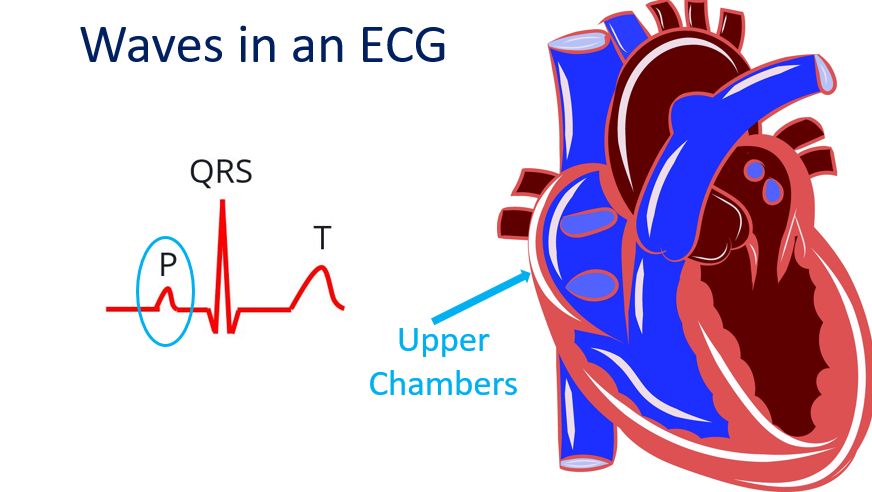
The contraction of the upper chambers of the heart start soon after the beginning of the P wave, which represents the electrical activity of the upper chambers.
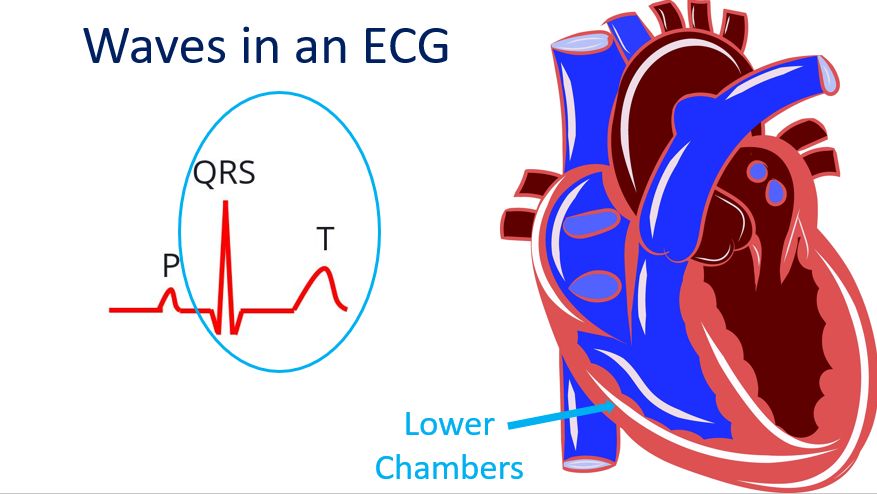
QRS complex and T wave are the electrical signals from the lower muscular chambers of the heart. ECG changes in a heart attack are usually manifest in these waves.



